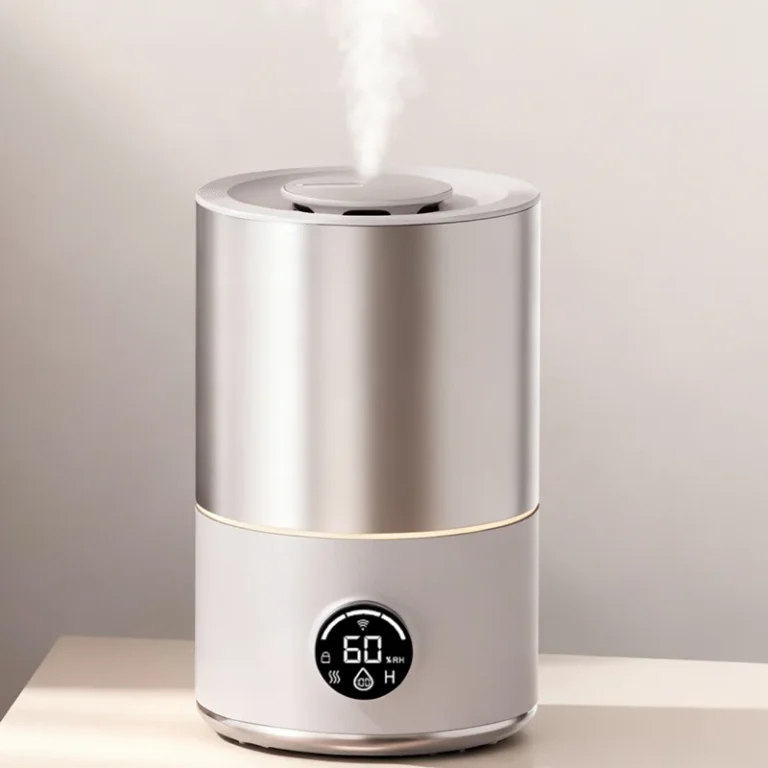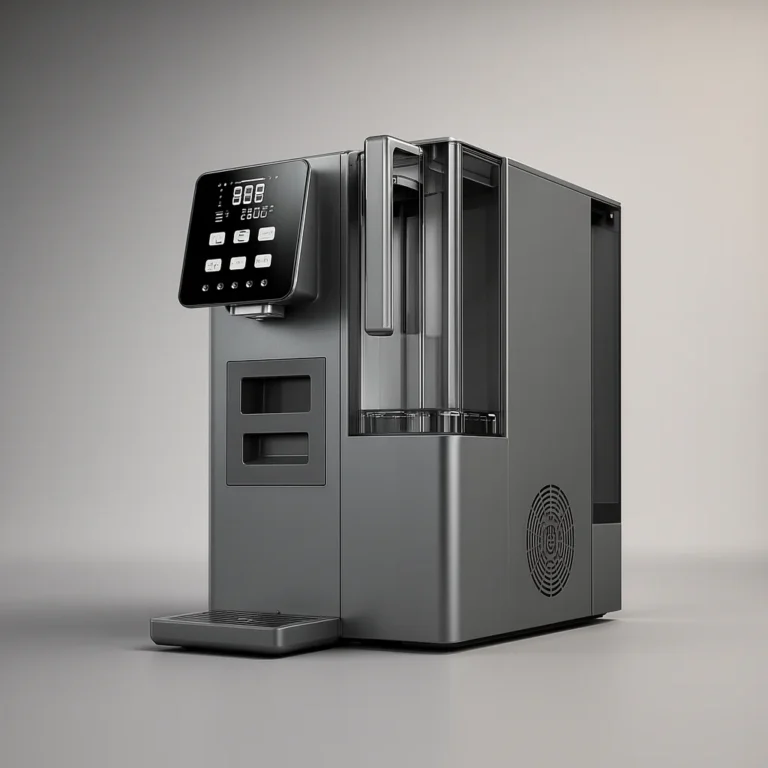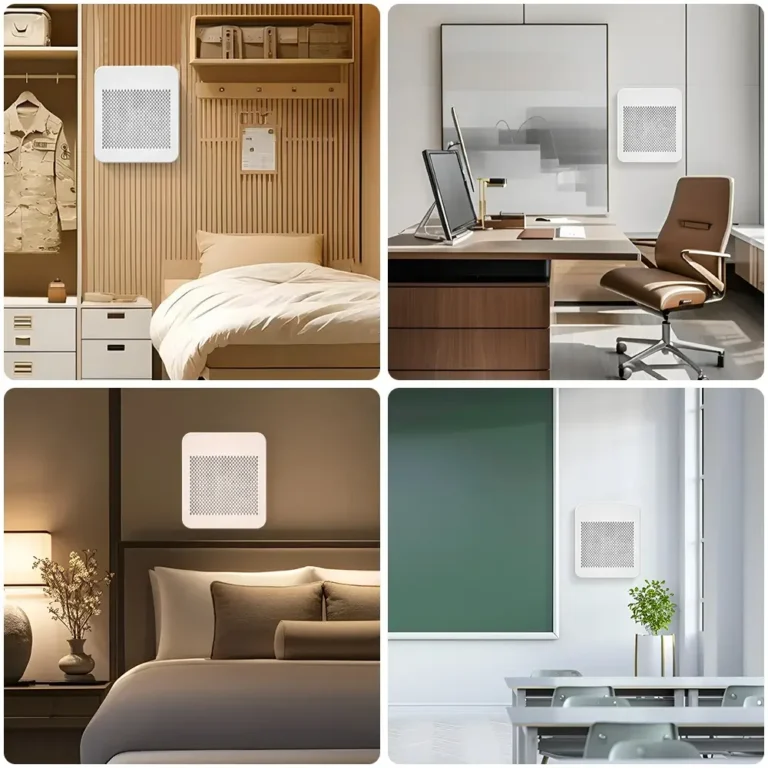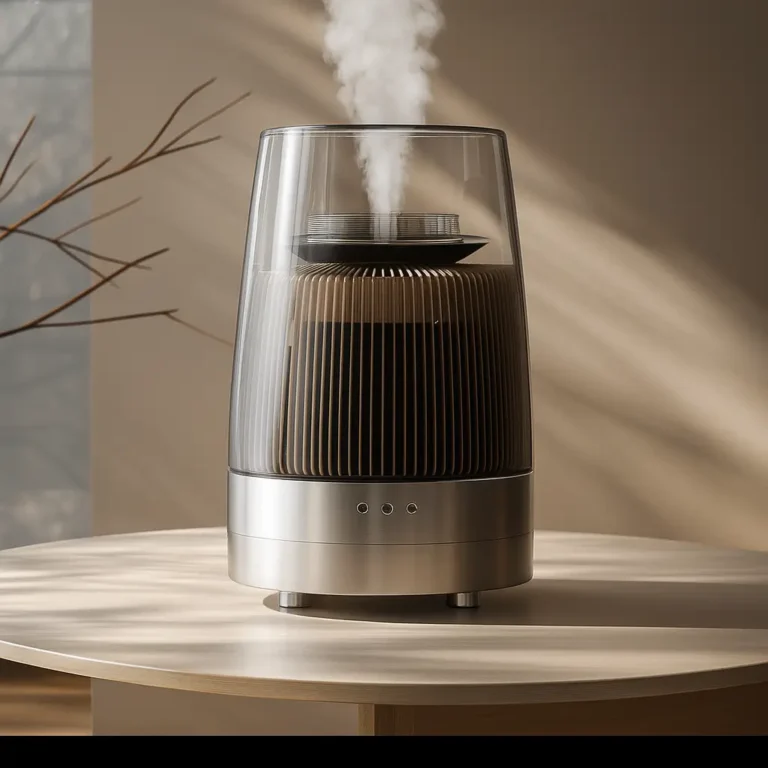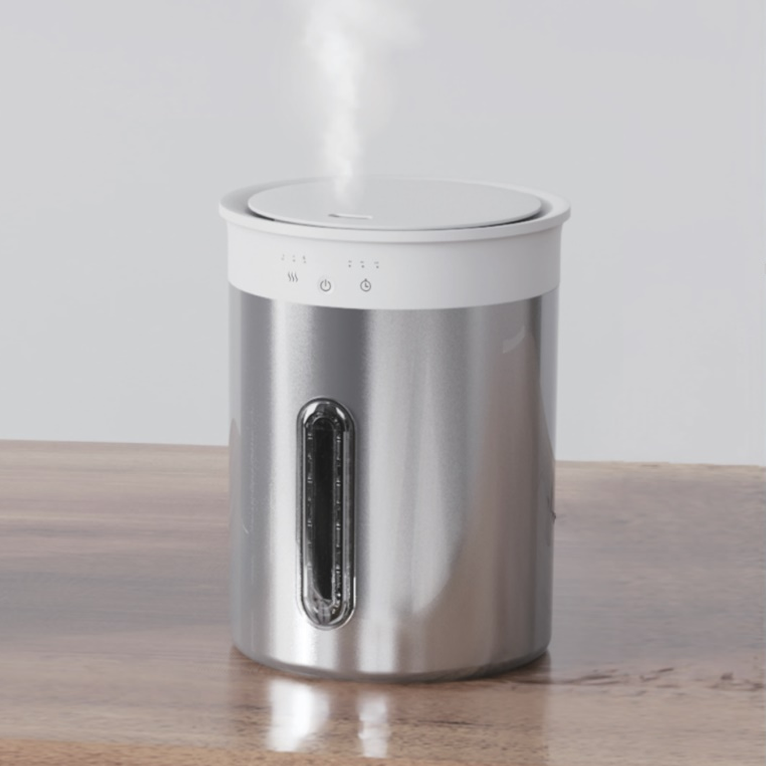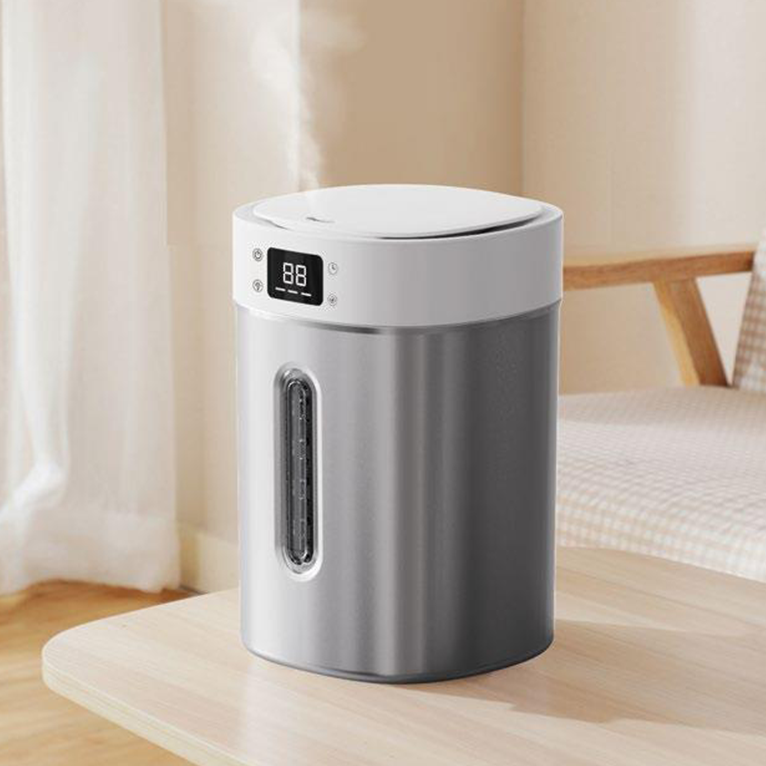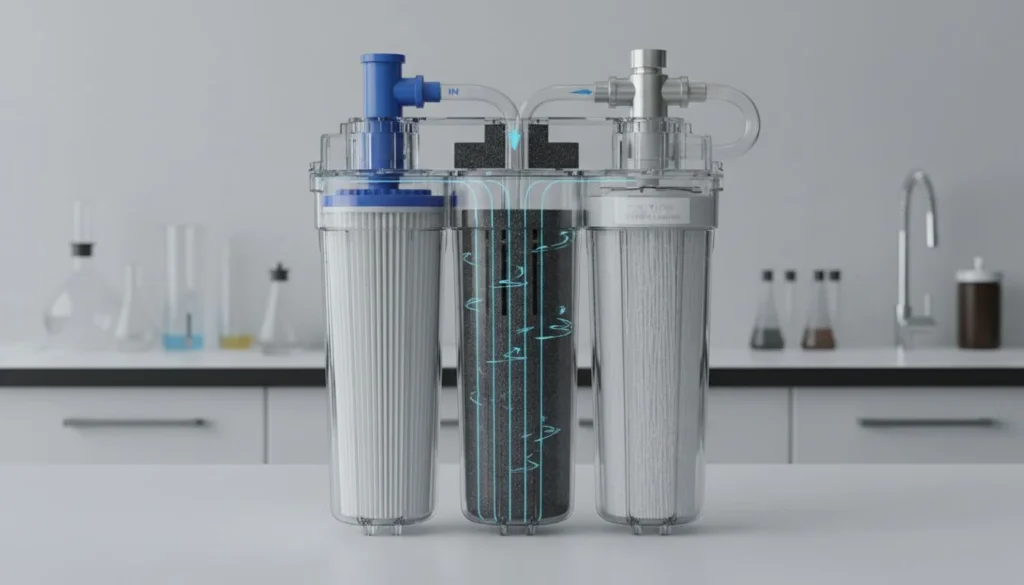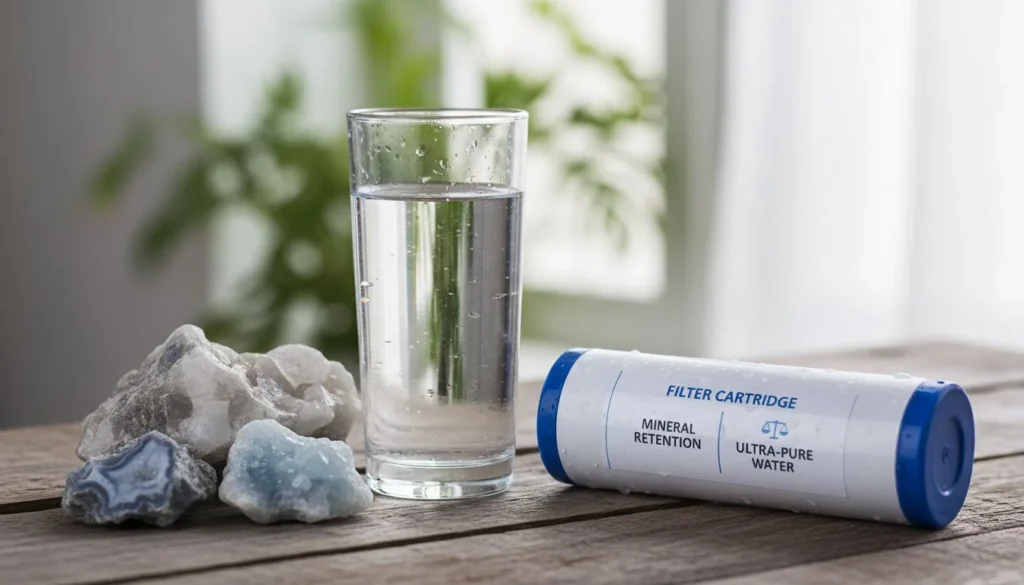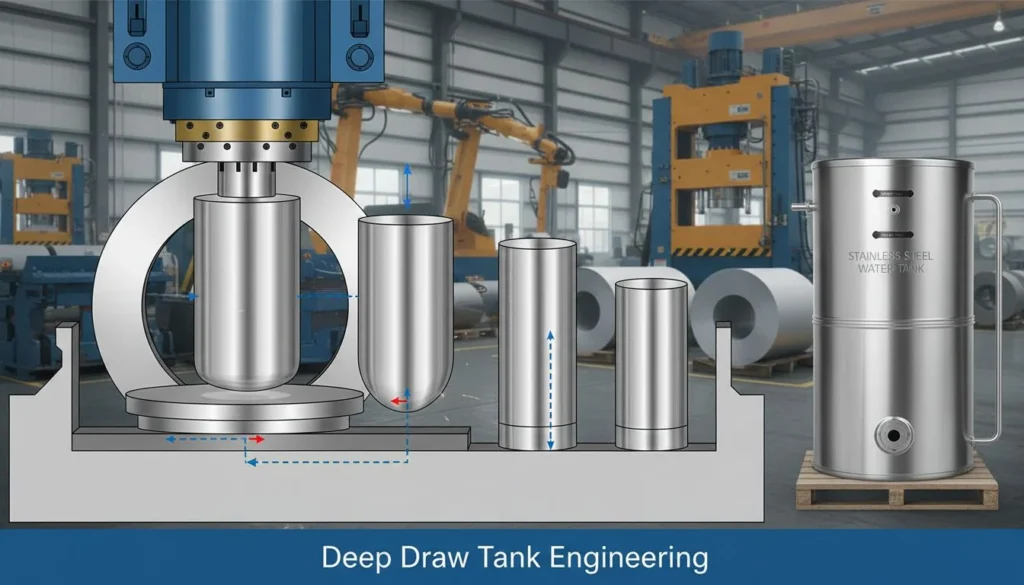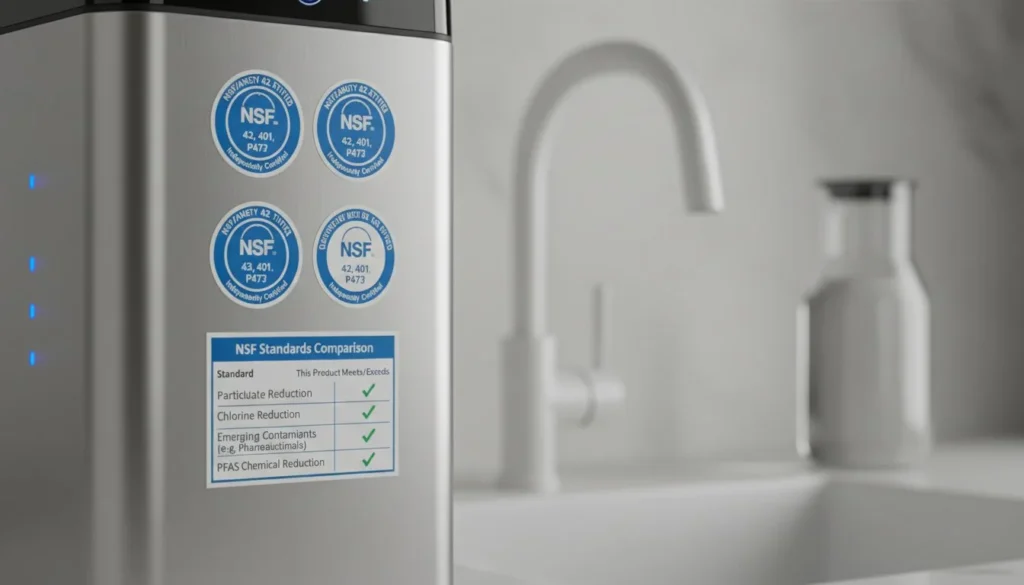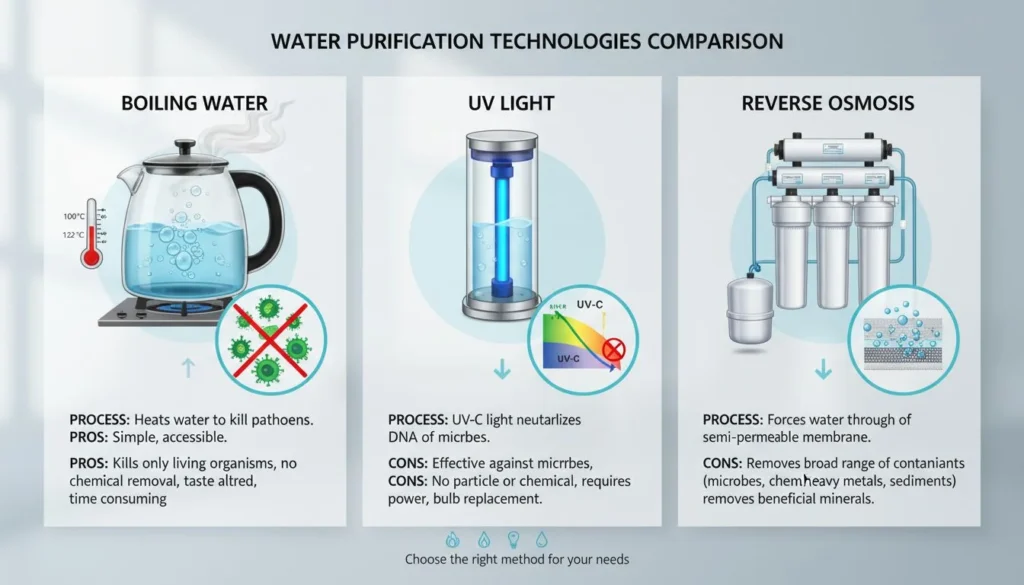What are innovative home wellness products for D2C brands?
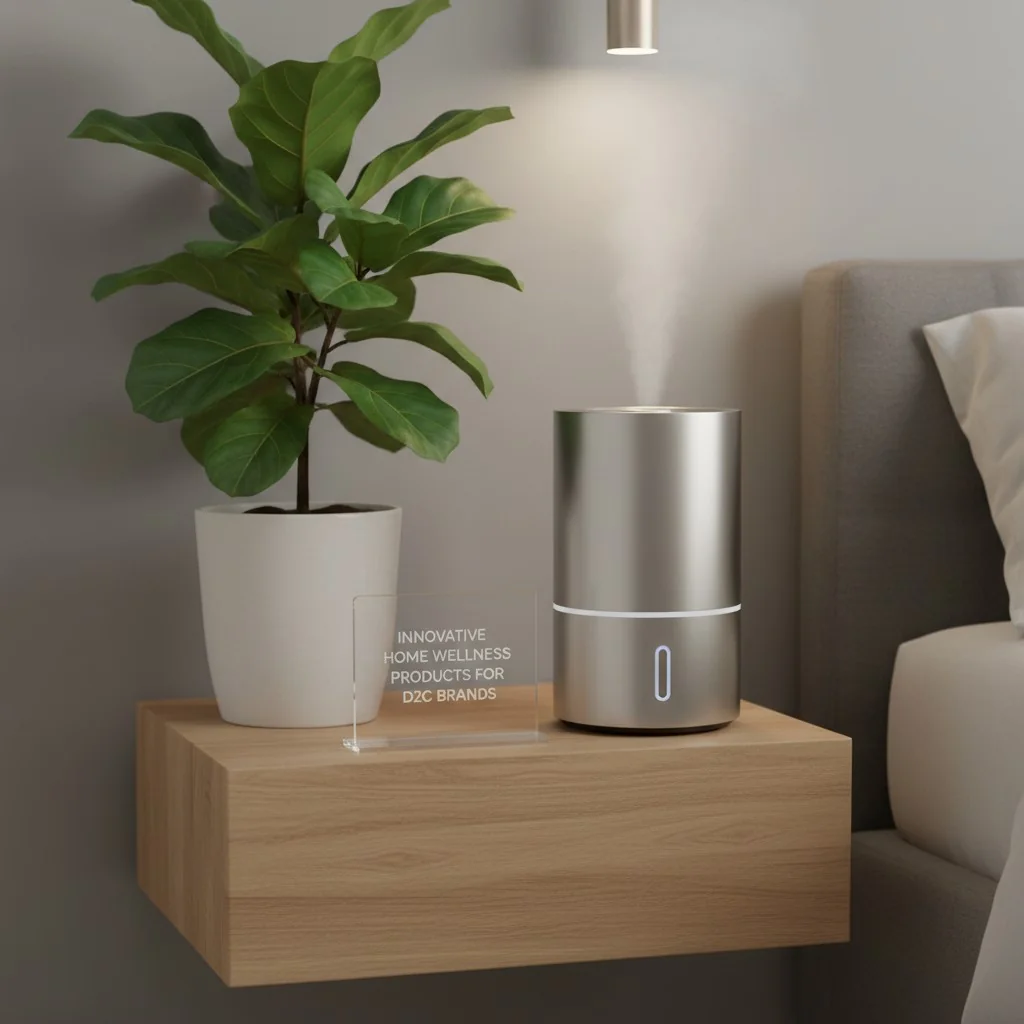
Your D2C brand feels lost in a sea of similar products. You need something unique to stand out, but every new idea seems like a small tweak on an old one.
Innovative home wellness products are your answer. Focus on premium materials1 like stainless steel for humidifiers and integrate smart AIoT technology. This combination meets rising consumer demand for health, safety, and connected living, creating a profitable niche for D2C brands looking to lead the market.
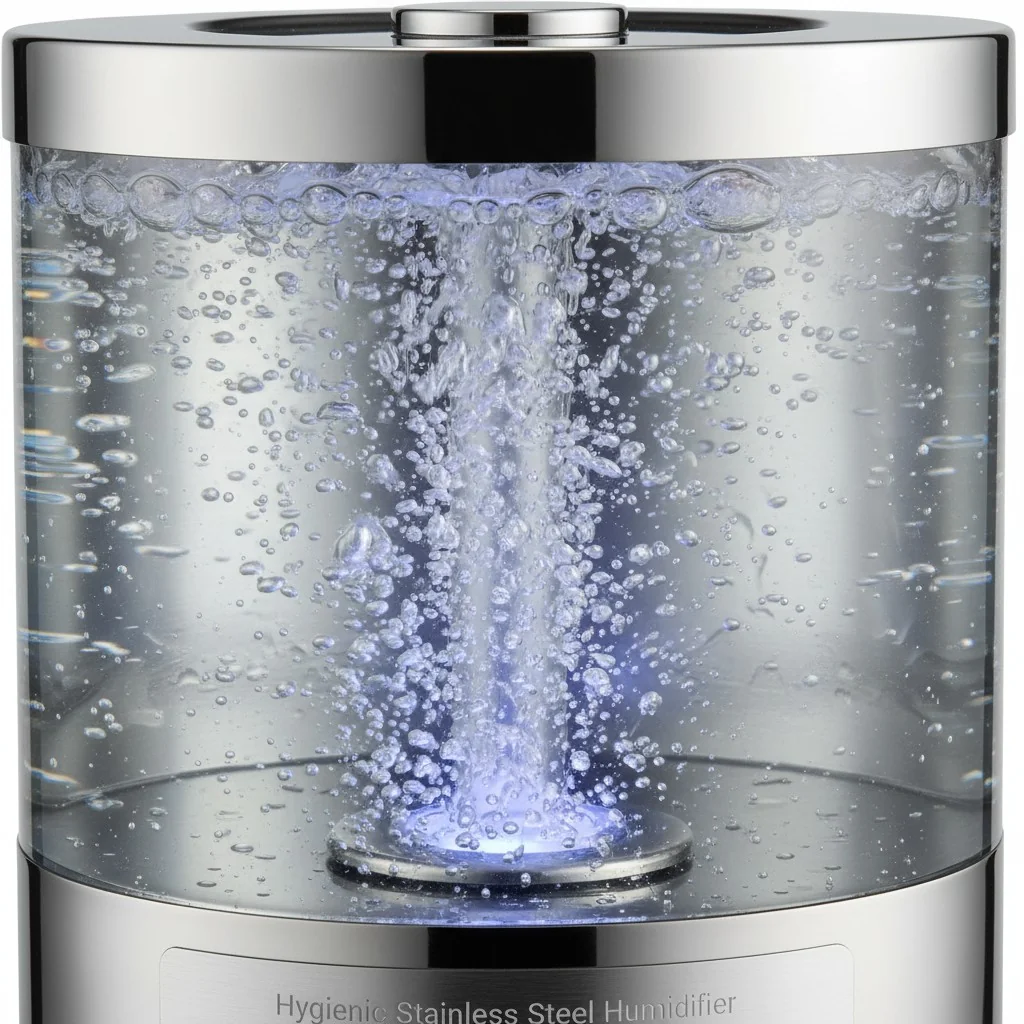
In my 20 years in the air purification industry, I've seen countless products come and go. The ones that succeed are never the copycats. They are the ones that solve a real, emerging problem for customers in a new way. Right now, the wellness market2 is booming, but it's also crowded. For a D2C brand owner like you, finding that unique angle is not just an advantage; it's essential for survival and growth. You need a product that tells a story of quality, safety, and innovation. Let's explore what those products look like today and how you can leverage these trends to build a powerful brand.
The global wellness market is expected to shrink by 5% annually due to market saturation.Falso
The opposite is true. The global wellness market is growing rapidly and is projected to reach nearly $7.0 trillion by 2025, indicating a massive opportunity, not a decline.
Consumers are willing to pay a premium for products they perceive as healthier or safer.Vero
Studies by Nielsen and other market research firms consistently show that a significant portion of consumers, especially millennials and parents, prioritize health and safety and will pay more for products that meet these criteria.
Why is launching innovative and unique wellness products so important for D2C brands?
Struggling to get noticed in a crowded market? Your generic products are getting lost, leading to price wars and shrinking margins, making it impossible to build a memorable brand.
unique products3 are your key to brand identity and profitability. By offering innovative items, you create a distinct market position, attract loyal customers, and can command premium prices, escaping the race to the bottom.
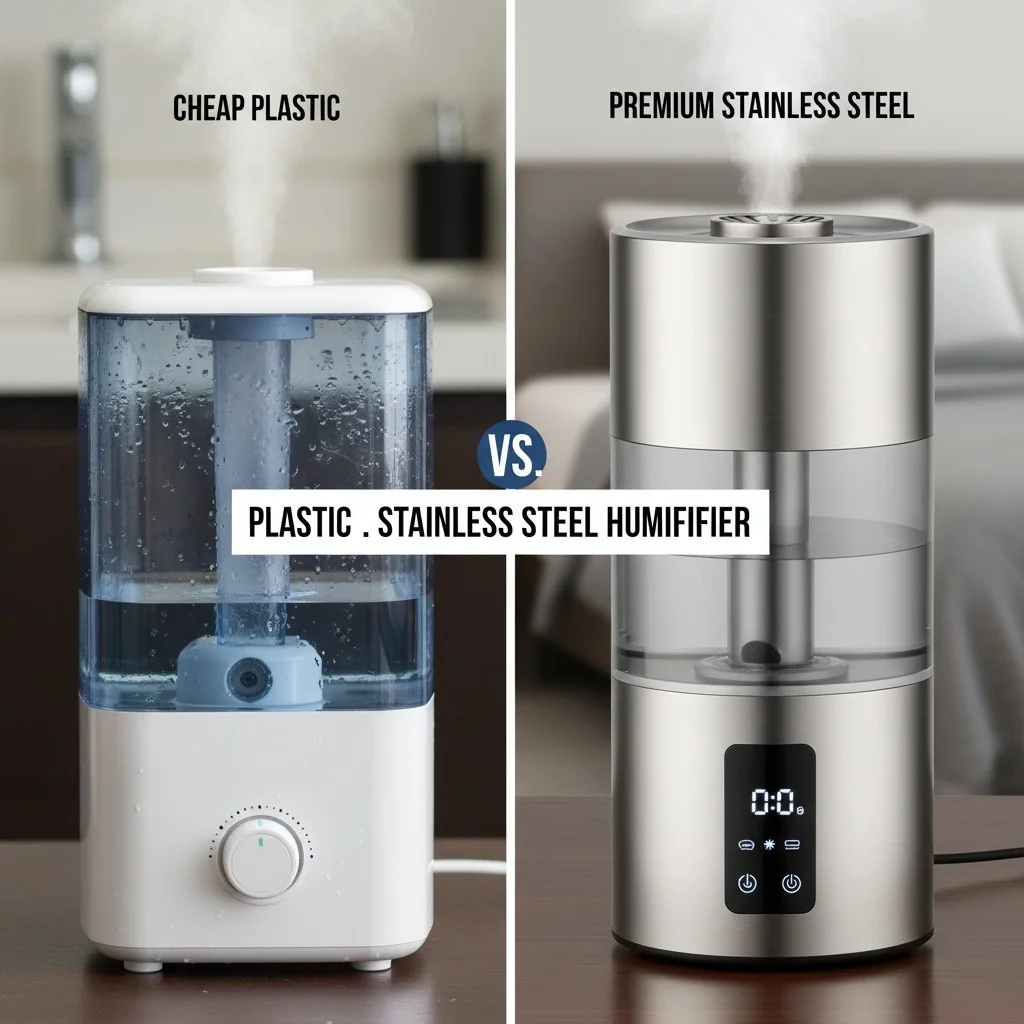
In my experience, the most successful D2C partners I've worked with are the ones who stop competing on price. They compete on value. Innovation is how you create that value. When you source a product that looks, feels, and performs differently from everything else on the market, you change the conversation from "How much does it cost?" to "What can this do for me?". This is especially true for wellness products, where trust is a huge factor. Using superior materials, for example, does more than just improve the product. It builds brand trust. A customer who buys a stainless steel humidifier because it's more hygienic4 and durable is not just buying a device; they are investing in their family's health and your brand's promise. This is how you build a loyal following that sees you as a leader, not just another seller.
The Power of Material Innovation
Choosing the right material is a strategic decision. It directly impacts customer perception and brand value.
| Caratteristica | Generic Plastic Product | Innovative Stainless Steel Product |
|---|---|---|
| Perceived Value | Low / Disposable | High / Premium / Durable |
| customer trust5 | Questionable (VOCs, microplastics) | High (Hygienic, Safe) |
| Posizionamento del marchio | Mass-market, price-focused | Niche, quality-focused |
| Profit Margin | Basso | Alto |
All plastics used in humidifiers release harmful VOCs (Volatile Organic Compounds).Falso
While some lower-quality plastics can release VOCs, many humidifiers use BPA-free or medical-grade plastics that are considered safe. However, the general consumer concern about plastics is real and creates an opportunity for alternative materials like stainless steel.
Stainless steel is non-porous, which helps prevent the growth of bacteria and mold.Vero
Unlike plastic, which can develop microscopic scratches that harbor germs, the non-porous surface of stainless steel makes it more hygienic and easier to clean effectively, a key benefit for a device that aerosolizes water into the air.
How are air and water quality products becoming a profitable trend for D2C brands?
You see the growing talk about pollution, but you're unsure how to turn that awareness into a profitable product. Customers are worried, but they don't know what solutions to trust.
Focus on the rising demand for clean air and water. Air purifiers and innovative humidifiers, especially those made from premium materials like stainless steel, are becoming essential home investments for health-conscious consumers, particularly parents.
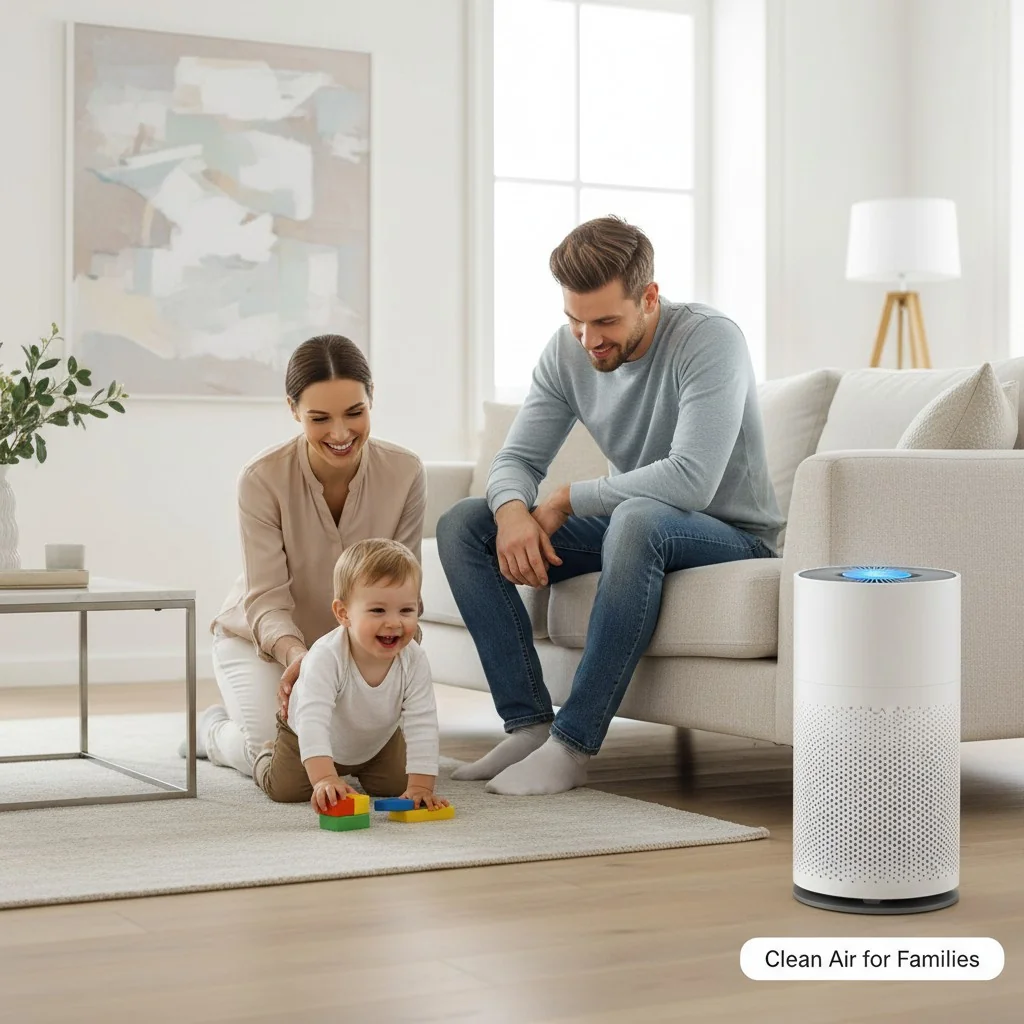
I've spent two decades designing qualità dell'aria6 solutions, and the shift in public awareness is incredible. It used to be a niche concern. Now, indoor air quality is a mainstream health topic. People are learning that indoor air can be more polluted than outdoor air. This awareness is creating a massive market opportunity. My partners find the most success when they target a specific, high-need demographic. For example, parents of children with asthma or allergies are actively searching for solutions. They are not just casual shoppers; they are motivated buyers. When you can offer them a product like a stainless steel humidifier and position it as the "clean air choice for families," you resonate with their deepest needs. You are not just selling a product; you are providing peace of mind. This emotional connection is what turns a one-time purchase into long-term brand loyalty.
Understanding the Modern Wellness Consumer
Different customers have different reasons for buying. Knowing their motivation is key to effective marketing.
| Consumer Segment | Primary Motivation | Key Product Features |
|---|---|---|
| Genitori | Child's health (allergies, asthma) | Safety, hygiene, quiet operation |
| Wellness Enthusiasts | Proactive health, purity | Premium materials, performance data |
| Tech Adopters | Smart home integration, convenience | App control, automation, aesthetics |
| Prestige Buyers | Status, design, luxury | Superior aesthetics, innovative tech |
Indoor air is typically 2-5 times more polluted than outdoor air.Vero
The U.S. Environmental Protection Agency (EPA) has reported this statistic. Common indoor pollutants include dust, mold, pet dander, and chemicals from cleaning supplies and furniture, which get trapped inside modern, well-sealed homes.
Humidifiers are only useful for treating cold symptoms.Falso
While they do help with congestion, humidifiers also improve skin hydration, reduce the survival of airborne viruses, protect wooden furniture, and help with allergy and asthma symptoms by keeping nasal passages moist.
How will AIoT become a key technology for D2C wellness brands?
Your current products are "sell and forget." You have no ongoing relationship with your customers, making it hard to build loyalty or generate repeat business in a competitive market.
AIoT (Artificial Intelligence of Things) is the solution. By creating connected wellness devices that link to an app, you offer personalization and build an ongoing relationship, opening doors for recurring revenue7 through subscriptions.
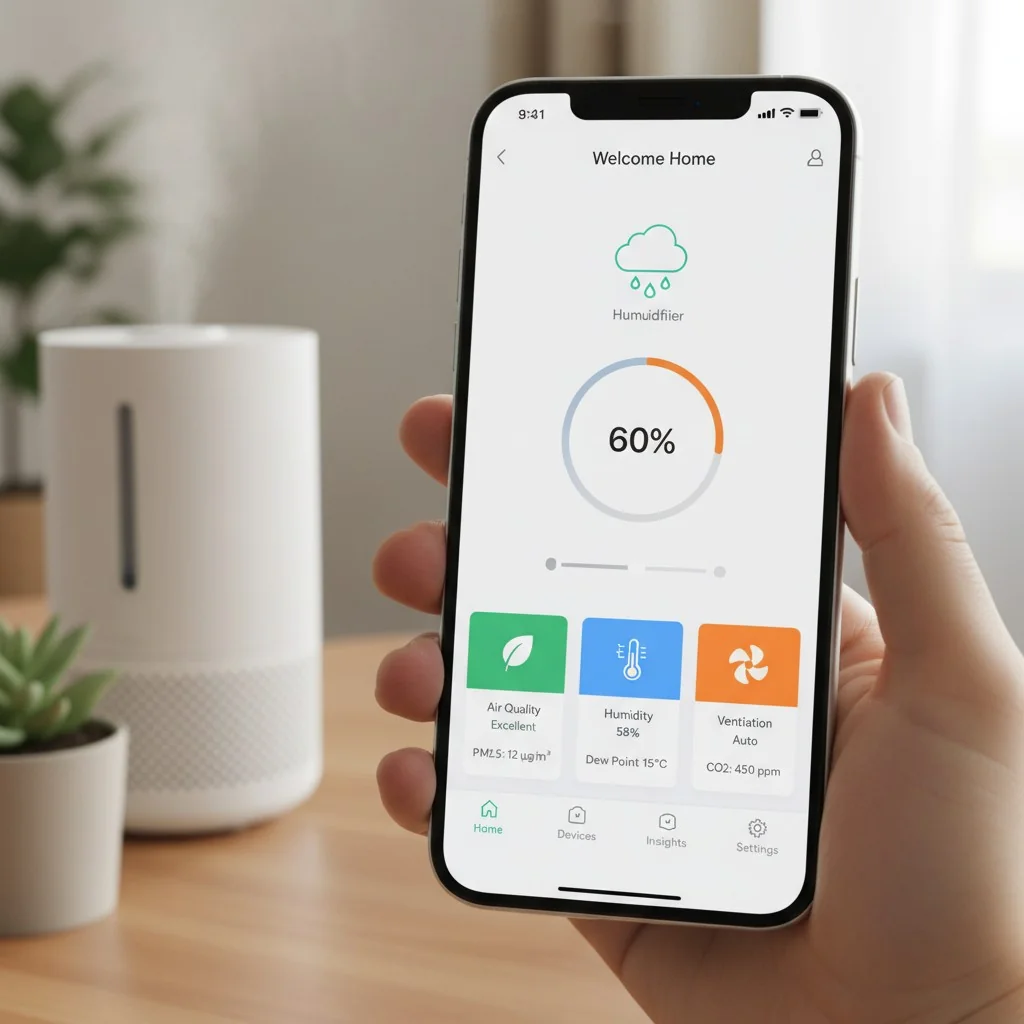
The future of D2C is in creating ecosystems, not just selling standalone products. I've been working on integrating smart technology into our devices for years, and the potential is enormous. Think about it from your customer's perspective. An AIoT-enabled humidifier or purifier doesn't just run on a timer. It can react to real-time data from an air quality sensor, turning on automatically when pollution spikes. The app can track usage and notify the customer when it's time to buy a new filter or a cleaning solution. This is where it gets powerful for your D2C business. You are no longer just a product seller; you are a service provider. This creates recurring engagement and opens up new revenue streams like filter subscriptions or sales of essential oils. It strengthens your business model and makes your brand an indispensable part of your customer's daily wellness routine.
Building a Connected Wellness Ecosystem
An AIoT strategy creates value for both the user and the brand.
| Componente | Benefit for Consumer | Benefit for D2C Brand |
|---|---|---|
| Smart Device | Automated, responsive operation | Premium product offering |
| Sensore | Real-time air quality data | Data-driven product improvements |
| Mobile App | Personalization, control, reminders | Direct communication channel |
| Subscription | Convenience (e.g., auto-ship filters) | Recurring revenue, customer lock-in |
AIoT in home devices is primarily about voice control.Falso
Voice control is one feature, but the core of AIoT is about intelligence and connectivity. It's about devices using data (from sensors or user habits) to make smart, autonomous decisions that improve the user's experience.
Brands with a subscription-based model have a higher customer lifetime value (CLV).Vero
Subscription models create predictable, recurring revenue and increase customer retention. By locking customers into an ecosystem, brands significantly increase the total revenue generated from each customer over time compared to one-off sales.
Conclusione
To succeed, D2C wellness brands must innovate. Focus on premium materials like stainless steel and integrate smart AIoT technology8 to build a profitable, trusted brand that customers love.
References
-
Exploring premium materials can enhance product quality and consumer trust, crucial for D2C brands. ↩
-
Staying updated on market trends helps brands position themselves effectively and meet consumer needs. ↩
-
Unique offerings can differentiate brands in a crowded market, driving customer loyalty and sales. ↩
-
Understanding hygiene standards can help brands ensure product safety, a key concern for consumers. ↩
-
Building trust is essential for brand loyalty; learn strategies to enhance consumer confidence. ↩
-
Air quality is a growing concern; discovering top products can guide consumers towards healthier choices. ↩
-
Learning about recurring revenue models can help brands achieve sustainable growth and customer retention. ↩
-
Understanding AIoT's impact can help brands innovate and create connected experiences for consumers. ↩

